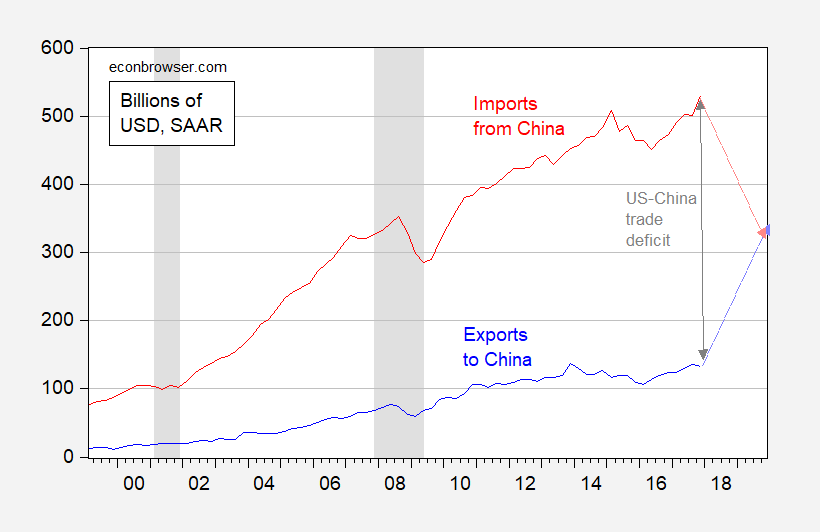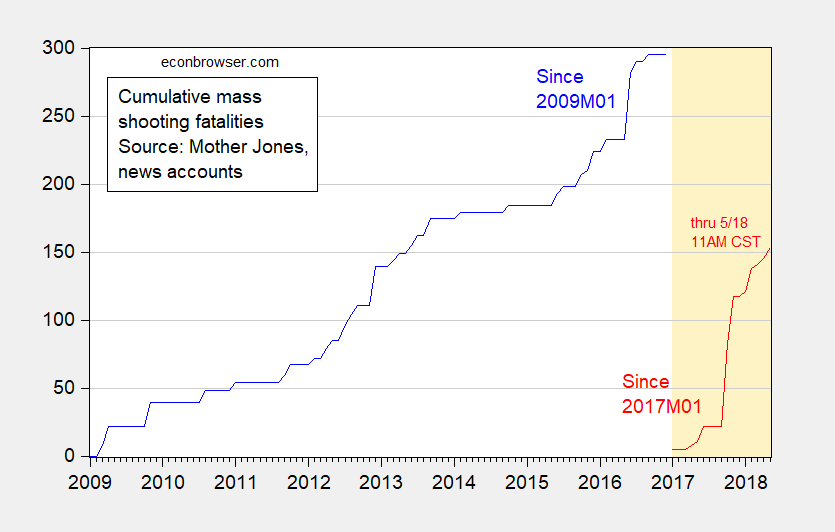Today, we’re fortunate to have Willem Thorbecke, Senior Fellow at Japan’s Research Institute of Economy, Trade and Industry (RIETI) as a guest contributor. The views expressed represent those of the author himself, and do not necessarily represent those of RIETI, or any other institutions the author is affiliated with.
On March 8th President Trump announced 10 percent tariffs on aluminum imports and 25 percent tariffs on steel imports. On April 2nd China retaliated by announcing tariffs of up to 25 percent on imports of pork, soybeans, and other products. The European Union is also considering retaliatory tariffs. This tit-for-tat conflict spawns uncertainty, raises prices of key inputs for downstream industries, forces companies to engage in time-consuming appeals to the government, and risks making American products toxic to hundreds of millions of nationalistic Chinese consumers. It is no wonder that Deardorff and Stern (1997) said that using tariffs to correct distortions is like performing acupuncture with a fork.



